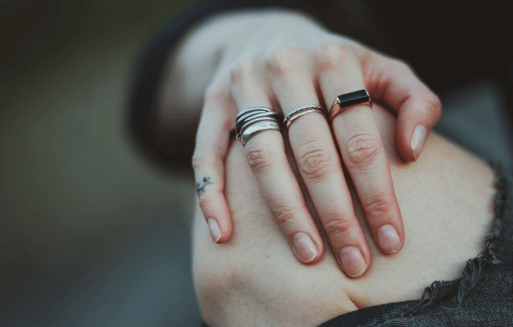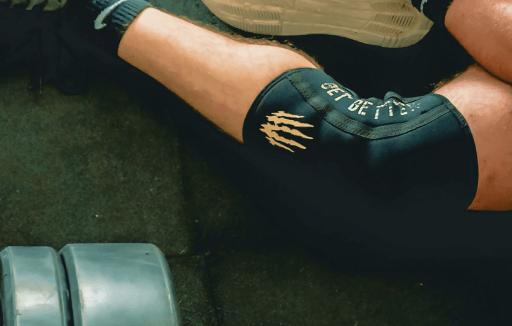Knee Pain
The knee is the largest and one of the most complex joints in the body. It is also one of the most common joints to suffer injury and cause disability.
Types of Knee Problems
Problems with the knee can be classified as 1) poor mechanics 2) trauma and overuse, and 3) arthritic changes. Problems 2 and 3 are closely linked with number 1. Nearly all knee problems revolve around mechanical issues which put abnormal amounts of stress to soft tissues (tendons, ligaments, and cartilage) of the knee. Common examples of abnormal mechanics include subluxation (knee, sacroiliac, lumbar spine, or foot), muscular imbalance (especially quadriceps which can cause patellar mistracking), muscular tightness, and foot problems (pronation, flat arches, high heels, etc.).


Ineffective Treatments
Trauma to the knee many times initiates mechanical problems which, if left uncorrected, will lead to problems. Degenerative arthritis is a classic example. Years of poor biomechanics will cause knee cartilage to wear out and bones will begin to rub upon one another causing bone spurs, pain, and sometimes even knee surgery. Recently, arthroscopic knee surgery for osteoarthritis (performed 200,000 times per year) has been shown to be no more effective than sham surgery.
Chiropractic & Knee Pain
The Chiropractic doctor addresses aspects of the knee which are many times overlooked. Subluxations in the sacroiliac joints, lumbar spine (which affect spinal nerves to the knee) and foot must be addressed to ensure proper knee function. Chiropractic adds adjustments to the knee itself (if indicated) to help restore motion and release tissues that may be pinched or caught between the bones. Muscular imbalances are also important, and are positively affected by removing subluxations. Studies have shown that muscular inhibition (a common cause of anterior knee pain) is improved by adjusting the sacroiliac joint. Many chiropractors are equipped to prescribe orthotics when indicated or can refer to an appropriate health care provider.
Sources & References
- Moseley, JB, et al., “A controlled trial of Arthroscopic Surgery for Osteoarthritis of the Knee” NEJM, Vol. 347, No.2, July 11, 2002.
- Kerrigan, DC, et al., “Knee osteoarthritis and high-heeled shoes” Lancet, April4, 2001, Vol 351, Issue 9113, pg 1399.
- Suter E, McMorland G, Herzog W, Bray R, “Conservative lower back treatment reduces inhibition in knee-extensor muscles: a randomized controlled trial.” J Manipulative Physiol Ther. 2000 Feb;23(2):76-80.
- Kuhn DR, Yochum TR, Cherry AR, Rodgers SS. “Immediate changes in the quadriceps femoris angle after insertion of an orthotic device.” JMPT 2002 Sep;25(7):465-70.
- Polkinghorn BS. “Conservative treatment of torn medial meniscus via mechanical force manually assisted short lever chiropractic adjusting procedures.” JMPT 1994 Sep;17(7):474-84.
Let Prather Help You With Your Knee Pain
Chiropractic has had results with relieving knee pain. If this sounds like you, book an appointment today.